By Richard Klobuchar
Very few among the throngs of visitors to Pearl Harbor on the island of Oahu are aware of an anomaly, but it definitely exists in the case of the USS Utah.
On the east side of Ford Island in the middle of the harbor lies one of the world’s most visited tourist attractions. A gleaming white, architecturally unique memorial straddles the submerged hulk of the U.S. battleship Arizona. The memorial was constructed in 1962 to honor the Arizona’s 1,177 sailors who died when the ship exploded during the surprise attack by Japanese aircraft on December 7, 1941. Visitors to the Arizona Memorial from around the world number over a million annually.
On the western shore of Ford Island, a scant mile away, is a second memorial. This, too, honors the dead members from the crew of a U.S. battleship, sunk during the same attack, and almost to the minute of the USS Arizona. Both ships rest on the harbor bottom with part of their superstructure exposed, and both still entomb many of their deceased crew within their hulls.
However, the contrast between the elegance of the Arizona Memorial and the starkness of the open concrete platform and walkway of the other memorial could not be more profound. Although U.S. Navy launches carry hordes of visitors to the Arizona Memorial daily, the general public does not enjoy similar access to the second memorial. Most visitors to the Arizona Memorial are not even aware that there is another memorial—the USS Utah Memorial—in Pearl Harbor.
Therein resides the paradox of Pearl Harbor. The Utah (BB-31) enjoyed a noble career that spanned more than three decades and included considerable international service. Like other U.S. battleships of the early 20th century, its design was greatly influenced by the first all-big-gun British battleship, HMS Dreadnought, which revolutionized naval warfare. (Read about the greatest naval war battles throughout history inside the pages of Military Heritage magazine.)
The USS Utah‘s First Conflicts: The Mexican Revolution and the First World War

The Utah, one of the two-ship Florida-class, was laid down on March 9, 1909, at the New York Shipbuilding Yard in Camden, New Jersey. It was an imposing design for its time, with a length of 521.5 feet, a beam of 88.2 feet, a displacement of 21,825 tons, and a speed of 20.75 knots. It was comparable to any battleship in the world and could operate on either coal or oil.
Although designed for 14-inch main batteries, because of supply problems it was fitted with 10 12-inch/45 guns. Secondary armament consisted of 16 5-inch/51 guns and two 21-inch torpedo tubes.
Utah was launched on December 23, 1909, with Mary Alice Spry, 18-year-old daughter of Utah Governor William Spry, christening the ship. The Utah was completed in 1911, and after sea trials off the coast of Maine, was commissioned on August 31, 1911. Utah then took her place in the battle line of the U.S Navy.
After several years of maneuvers, exercises, and midshipman cruises, Utah participated in her first major action in 1914. With a revolution sweeping Mexico, President Woodrow Wilson embargoed arms and military supplies to the country’s dictator, General Victoriano Huerta. When Germany agreed to furnish arms to Huerta, a task force including Utah was ordered to Vera Cruz to intercept the shipment.
With Utah’s contribution of 384 officers and men, a task force brigade landed at Vera Cruz on April 21. In spirited fighting, this force captured vital warehouses and forced the rebels to surrender. Eventually, General Huerta fled to Germany and the revolution ended.
Utah continued to operate in Atlantic and Caribbean waters until the United States entered World War I in 1917. Fearing German attacks on Atlantic troop convoys, a squadron of U.S. battleships was dispatched to Bantry Bay, Ireland, in August 1918. With Utah as flagship and leading Nevada (BB-36) and Oklahoma (BB-37), this force provided protection for convoys approaching the British Isles until war’s end.
Preparing to Fight a Modern War: The Utah as a Training Ship
The USS Utah continued in the Atlantic Fleet until 1931, taking part in a number of important diplomatic missions to Europe and South America by carrying top government officials. Her days as a battleship ended on July 1, 1931, when, under the terms of the 1930 London Naval Treaty, she was designated to be converted to a noncombatant ship. Her 12-inch guns and other armament were removed, but her huge, empty turrets remained. She was also fitted with modern electronics and other equipment for her new role as a fleet target ship. She was recommissioned in that configuration as AG-16 on April 1, 1932.
For the following nine years, Utah operated with the Pacific Fleet, usually based at Long Beach, California. Her new equipment allowed her engines and steering gear to be operated either manually or by remote control from another ship. In this role, Utah provided realistic training for the fleet’s pilots in dive-, torpedo-, and high-level bombing.
All bombs and torpedoes used were inert, water-filled projectiles. However, even small inert bombs dropped from high altitudes could cause damage to the Utah’s deck and other features. Large 6-inch by 12-inch timbers were laid on the deck, giving it a foot of added protection. Crewmen who remained on the ship during target practice found refuge below deck or in the armored conning tower near the bridge. Utah also provided practice for the fleet’s big guns. She towed target sleds, which allowed battleship and cruiser batteries to hone their skills at long range using live ammunition.

In 1935, Utah became even more versatile. In recognition of the new threat posed by modern aircraft, the Navy established a fleet antiaircraft school on the ship. The fleet’s most experienced machine gunners were assigned to the Utah as instructors for the course. Utah provided .50-caliber training for the first year and added quadruple 1.1-inch mounts the following year. By 1941, the mainstay of the fleet antiaircraft weaponry had become the 5-inch gun, and during an overhaul in Bremerton, Washington, four 5/38 and four 5/25 guns were added in single mounts.
Utah was now not only a mobile target ship, but the primary fleet antiaircraft training ship as well. When the ship was in target mode, its cranes placed steel housings over the 5-inch guns to protect them from damage during bombing practice. Smaller guns were moved below deck.
Utah was ordered to Hawaii in September 1941 to help train the Pacific Fleet’s antiaircraft gunners and carrier bomber pilots. On December 4, the target completed a three-week assignment and returned to Pearl Harbor for routine maintenance and replenishment. Docked at berth Fox 11 on the west side of Ford Island, the ship occupied a berth usually reserved for an aircraft carrier. Her crews worked on December 5 and 6 to unfasten the huge timbers so they could be off loaded in the Navy yard the following week. She would never reach the Navy yard.
Sinking the USS Utah
Utah was still berthed at F-11 on the morning of Sunday, December 7, her crew anticipating a leisurely day. She had company along the west side of Ford Island, including the seaplane tender Tangier immediately astern and cruisers Raleigh and Detroit directly ahead. Like most men of the Pacific Fleet, few of Utah’s crew thought that war would come to Hawaii. It was too isolated for attack from the air, and Pearl Harbor’s destroyers and battleships were capable of dealing with any submarines or surface ships foolish enough to approach the islands. The harbor thus appeared safe from any threat.
Just before 0800, men on deck noticed aircraft circling over the south end of Ford Island. Although Sunday morning exercises were not common, they did occur. Even when explosions were heard, Utah’s observers assumed that the exercises were simply a bit more realistic that morning. That assumption evaporated at 0755, when a roar out of the southwest shattered the stillness of the new day.
Sixteen aircraft flying extremely low in squadrons of eight approached the Utah. The planes were Kate torpedo bombers from the Japanese aircraft carriers Hiryu and Soryu. Their pilots had been alerted before takeoff that they were to attack only battleships and aircraft carriers and that none were expected to be moored on Ford Island’s west side.
Nevertheless, six of the Soryu pilots misunderstood the orders and attacked. Two launched their torpedoes at Utah, two at Detroit, and two at Raleigh. Both torpedoes aimed at Detroit missed and buried themselves in the mud of Ford Island’s shore. Raleigh was hit by a single torpedo and began to list immediately. Both missiles directed at Utah hit amidships, only seconds apart at 0801, and ripped open her hull. Without watertight integrity, Utah began to list within minutes. At 0805 the list reached 40 degrees, and it was apparent that the ship would soon capsize.
The attacking aircraft were part of a force of 350 planes from six Japanese aircraft carriers, striking Oahu’s military installations in two waves an hour apart. Many of the first-wave bombers congregated on the east side of Ford Island where the fleet’s eight battleships, their principal targets, were moored. Within minutes, most of these had taken multiple torpedo or bomb hits and were settling on the harbor bottom or blazing from fires fed by the fuel and ammunition stored within them.

On the west side of Ford Island, the torpedo hits triggered a variety of reactions from Utah’s crew. Those on deck knew quickly that the ship would turn over, and their decision to leave was hastened by machine-gun bullets slamming into the ship’s deck. Many, like Radioman 3rd Class William Hughes, dove off the ship and swam to nearby concrete mooring quays where they found refuge. Others, like Pharmacist’s Mate 2nd Class Lee Soucy and Electrician’s Mate 3rd Class Warren Upton, slid down the barnacle- encrusted hull, swam to shore, and dove into a newly excavated utility trench. Even though he had left his first-aid kit on the ship, Soucy spent most of the day treating wounded men.
Trapped Below Deck
Below deck, Electrician’s Mate 3rd Class Dave Smith, one of the ship’s crane operators, heard the roar of aircraft engines and glanced out of a porthole in time to see the red circles on the aircraft that had just dropped torpedoes at Utah. “I suddenly realized that we were being attacked by Japanese planes,” he explained. “When the torpedoes hit and the ship began to list, I scrambled up to the main deck, climbed down the starboard side, and swam to shore.”
Seaman John Vaessen also felt the torpedo hits below deck and the ship beginning to list. He stopped to secure fans and other electrical equipment and turn on emergency lighting. As the ship capsized, Vaessen was forced to evade a rain of dislodged equipment that now became deadly missiles. As the ship settled in the mud, Vaessen was still alive, but trapped in a dark, frightening, upside-down world.
He knew that his only chance of survival was to reach the bilges, since they would be above water in the shallow harbor. He headed for the nearest bilge hatch using the light from a flashlight that he had been working on when the torpedoes hit. As he reached the hatch, he was blessed with another miracle when he discovered that the huge wrench needed to loosen the cover was still hanging in its place.
Crawling through the hatch, Vaessen could see water rising behind him. Upon reaching the hull, he began rapping with the hatch wrench he kept for that purpose. He continued rapping even after painful blisters formed on his hand. The water was now only eight feet behind him and still rising when he heard rapping and voices outside the hull.
Crewmen on shore had heard Vaessen’s rapping and returned to the hull to locate the noise. Taking a launch to the Raleigh, they returned with a cutting torch and operators. The water was only three feet from Vaessen when he noticed the red spot forming on the hull from the acetylene torch. He knew it would be a close race to see which reached him first—the water or the rescuers. Minutes later, the men outside completed the cut and knocked the circular remnant through the hole. As they pulled Vaessen out, battered and burned but still alive, water was licking at his heels. He was the only crewman rescued through the hull.
“Get Out Now. Leave Immediately!”
Not every crewman caught below deck when the torpedoes struck chose to seek safety topside. Chief Water Tender Peter Tomich recognized that if cold water reached the hot boilers, they would explode, endangering everyone still aboard the ship. Someone had to stay behind to secure the boilers. As the Utah began to roll over, Tomich knew what he had to do. He ordered all boiler room personnel to leave at once.

“Get out, now. Leave immediately!” he yelled.
He then ignored his own order and began to work. As his men turned one last time to watch him, he was already turning valves and setting gauges. The ship continued to roll as he worked, and he knew that by the time he completed his task, escape would be impossible. That thought did not deter him, and he continued with his life-saving efforts even though he realized that his own death was now only minutes away.
Tomich was an extraordinary man. Born Peter Tonic in 1893 in Prolog, a small village in what is now Herzegovina, he emigrated to the United States at age 20. He served in the U.S. Army for 18 months, and while in the service became a United States citizen. Ten days after discharge in 1919, he enlisted in the U.S. Navy and served continuously for the next 22 years. He became one of the most proficient men at his position in the entire Pacific Fleet. Except for a cousin in New York, his only family was the sailors he served with, and the Navy his only home.
Finding a Home for Tomich’s Medal of Honor
For his actions in knowingly sacrificing his life to save others, in 1942 Tomich was awarded a posthumous Medal of Honor. A letter sent to his cousin, John Tonic, announcing the award was returned stamped “address unknown.” Tonic had returned to Europe 20 years earlier.
For the next 64 years, Tomich’s medal was displayed in a number of locations, including the USS Tomich, a new destroyer-escort named after him in 1943; the Utah State House; a Navy museum in Washington, D.C.; and Tomich Hall, a new academic building at the Senior Enlisted Academy in Newport, Rhode Island. There it served as an inspiration to the hundreds of chief petty officers who attended the school annually.
A lengthy search through the years for a Tomich relative bore fruit in 1997, when representatives of the New York Naval Militia visited Croatia. There they located Srecko Herceg-Tonic, a retired lieutenant colonel in the Croatian Army. Tonic was the grandson of Tomich’s cousin, John Tonic. A nine-year bureaucratic and legal battle ensued over the proposal of the New York Naval Militia to have the Tomich medal presented to Herceg-Tonic.
In 2006, the knotty issue was finally resolved when the U.S. Navy agreed to relinquish the medal. In an hour-long ceremony aboard the carrier USS Enterprise (CVN-65) in Split, Croatia, on May 18, Enterprise sailors and a contingent of its chief petty officers witnessed Admiral Henry Ulrich, Commander, U.S. Naval Forces in Europe, presenting Peter Tomich’s Medal of Honor to a beaming Srecko Herceg-Tonic.
“Peter Tomich is one of only 39 chief petty officers in all naval history to receive the Medal of Honor,” explained Enterprise’s Command Master Chief, Paul Declerq. “He’s one of us.” Like Tomich himself, the medal finally found a permanent home.

An Extra Set of Remains
Although 54 Utah crewmen are still interred in the hull, in 2000 the amazing discovery was made that there are actually 55 sets of remains on the ship. Mary Wagner Kreigh, daughter of former crewman Albert Wagner, revealed an incredible story she had kept hidden for almost 60 years. She told the world that the ashes of her twin sister, Nancy Lynne Wagner, had been buried within the Utah since the ship sank in 1941.
Nancy had died at birth in 1937 at Makati in the Philippines; Mary, although hospitalized for several months, survived. Wagner had Nancy cremated and later brought the urn aboard the Utah. He intended to have her ashes scattered at sea when a chaplain was assigned to the ship. That day never came. Burials at sea were a tradition in the Wagner family. In 1936, while serving aboard the battleship USS Pennsylvania (BB-38), he had such a burial for another daughter, Helen, who had also died at birth.
Divers inspecting the Utah several weeks after it sank tried to enter the quarters of Chief Yeoman Wagner to retrieve Nancy’s urn. They were unable to penetrate the wreckage. It would remain there for eternity and serve as the burial at sea that Chief Wagner had intended for his daughter. Although Mary kept the secret of Nancy’s ashes for decades, she made many trips to the Utah to visit her sister’s grave. Since 1990, she has visited it annually.
Finally, on December 6, 2003, 66 years after she died, Nancy received a formal burial. Mary, her daughter Nina, friends, and reserve and active duty Navy personnel attended a service at the Utah Memorial overlooking the ship.
Mary felt relieved that a huge burden had been lifted from her shoulders. As she put it, “For 62 years the courageous crew of the Utah has watched over a tiny copper urn in my father’s locker. Nina and I are so grateful that my twin sister has finally received God’s blessing in the presence of men and women of the United States Navy. Our tears are tears of joy, not sadness. One day I hope to join her aboard our beloved ship.”
Mary has remained active in the USS Utah Association, has hosted its recent reunions, and is currently its public relations director.
Utah’s crew numbered just over 500 at the time of the attack. When it was over, 58 crewmen had been killed by strafing, flying timbers, or drowning within the hull. Only the battleships Arizona, California, West Virginia, and Oklahoma (which also capsized) suffered a greater number of fatalities. Four of the dead were recovered and buried ashore, leaving 54 to serve their eternal watch within the Utah.
A Forgotten Grave Site
Efforts to salvage the sunken ships began within days of the attack. Most of the effort centered on the east side of Ford Island where four battleships and several other ships had sunk. Little was done on the Utah until 1943 because of the low potential for returning the ship to useful service. The Oklahoma was righted that same year, floated, and moved to a drydock to make her seaworthy.

The complicated derrick system used to right the Oklahoma was then installed on the Utah after her guns, fuel oil, and other upper works were removed to lighten the ship. A righting operation began in February 1944 and was only partially successful. It did pull the hulk closer to shore and away from the shipping channel, but instead of righting, the hull merely slid along the bottom and settled deeper in the mud. Righting operations then ceased. When another attempt to free the anchorage location was rejected in 1956, the Navy declared Utah to be a permanent grave site.
For over a decade, nothing further occurred at the Utah site. At the Arizona site, however, the Navy erected a wooden platform in 1950 to allow a daily flag raising to honor her 1,177 dead. A commemorative plaque at the base of the flagpole served as a memorial. On May 30, 1962, after years of planning and fund raising, a permanent memorial constructed over the Arizona’s hull was dedicated.
This gleaming white structure draws thousands of visitors daily and has become the focus of activities honoring all who died at Pearl Harbor. On October 10, 1980, a $4.5 million Visitor Center complex was opened on Pearl Harbor’s shore to service the crowds of Arizona Memorial visitors. On that day, operations of the Arizona Memorial and Visitor Center were turned over to the U.S. National Park Service.
Commemorative activities at the Utah were much more austere. A bronze plaque was attached to Utah’s deck in 1950. Its simple message was, “In Memory—Officers and Men—USS Utah—Lost in Action—7 December 1941.” Since visitors did not have access to the ship, no one could actually read this plaque. A readable second plaque was then placed on a wharf just to the north of the ship.
The plaques served as the principal memorials until 1972, when a permanent memorial was finally constructed. It consisted of a 15- by 40-foot concrete platform connected to shore by a 70-foot walkway. Neither the platform nor the walkway touches the Utah. A flagpole in a corner of the platform allows a daily flag raising. The memorial was formally dedicated on May 27, 1972.
The Utah Memorial remained basically unchanged until 2005, when a $900,000 Navy construction project provided needed structural repairs to the memorial’s foundation, as well as other improvements.
Both Utah and Arizona were destroyed in the same action and sank within two minutes of each other. Both still have crewmen entombed within them and are the only ships in the harbor remaining from the attack on December 7. On May 5, 1989, both were designated as national historic landmarks, which provides them with special consideration for preservation. Like the Arizona, survivors of the Utah are now permitted to have their ashes interred within their ship when they die. Five have chosen to do so.
The Symbolism of the USS Arizona vs the Heritage of the Utah
In spite of these similarities, comparisons between the two ships are usually one sided. Utah was not sunk by a spectacular explosion as was Arizona; it capsized over a period of 11 minutes. While Arizona was a principal target of the attack, Utah was attacked by mistake. Arizona lost 1,177 men, about 85 percent of the crew on board during the attack. Utah’s death toll of 58 was 12 percent of her on-board crew. Approximately 1,002 of Arizona’s crew are still on board, while 54 of Utah’s crew still remain.

These statistics should not belittle the lives or achievements of the Utah or her crew. They fought as gallantly as men on any ship in the harbor on that morning. The sight of the incredible explosion as Arizona’s forward magazine blew up, and the huge and instantaneous death toll rightfully focused the world’s attention on that ship. It properly became the symbol of the “day of infamy.”
That symbolism was eventually responsible for creating the magnificent structure and shore facilities at the Arizona site. The greatest frustration of Utah survivors and their families is that the public has no similar direct access to the Utah Memorial.
No Navy launches stop there, and access may be gained solely from Ford Island, which is still an active military installation. Civilians are allowed on the island only with a formal permit. Although this is possible, the visitors to the Utah Memorial in recent years have numbered only in the dozens annually, a far cry from the million and a half who visit the Arizona Memorial. Most visitors to the Arizona Memorial are not even aware of the existence of the Utah Memorial less than a mile away.
Ironically, if the Navy had been successful in removing the Arizona’s hull in 1942, Utah would have been the sole attack victim remaining in Pearl Harbor. It, then, would have been the recipient of the public attention and the focus of efforts to establish a permanent memorial there.
Ending the Paradox of Pearl Harbor
It is not envy that prompts Utah survivors to seek increased public awareness of their ship’s existence. They fully understand the relationship between the two ships and are supportive of the attention given to the Arizona. They are, however, interested in seeking changes to current operations within the harbor to permit visitors to at least view Utah’s remains. This would be a logical first step in increasing public knowledge of the ship’s fate on that terrible Sunday in December 1941.
A modest expansion of the USS Utah Memorial’s platform and allowing direct visitor access to it appear to be feasible and fundable solutions. Access could be provided either by water or by land using shuttle buses like those carrying visitors to the battleship USS Missouri (BB-63), moored near the Arizona Memorial. Visitors would then be able to view both national historic landmarks and both burial sites in Pearl Harbor.
An additional step to improve access to the Utah would be to transfer the Utah Memorial to the National Park Service, thus placing both memorials under the umbrella of the same federal jurisdiction. The income generated by the visitor center could then be used to support both memorials. Then, the Utah might no longer be known as “the other memorial,” and the paradox of Pearl Harbor could finally cease to exist.
Richard Klobuchar is the author of the books Pearl Harbor: Awakening a Sleeping Giant, which is sold at the Pearl Harbor Visitor Center, and USS Ward: Operational History of the Ship That Fired the First American Shot of World War II, published in March 2007.
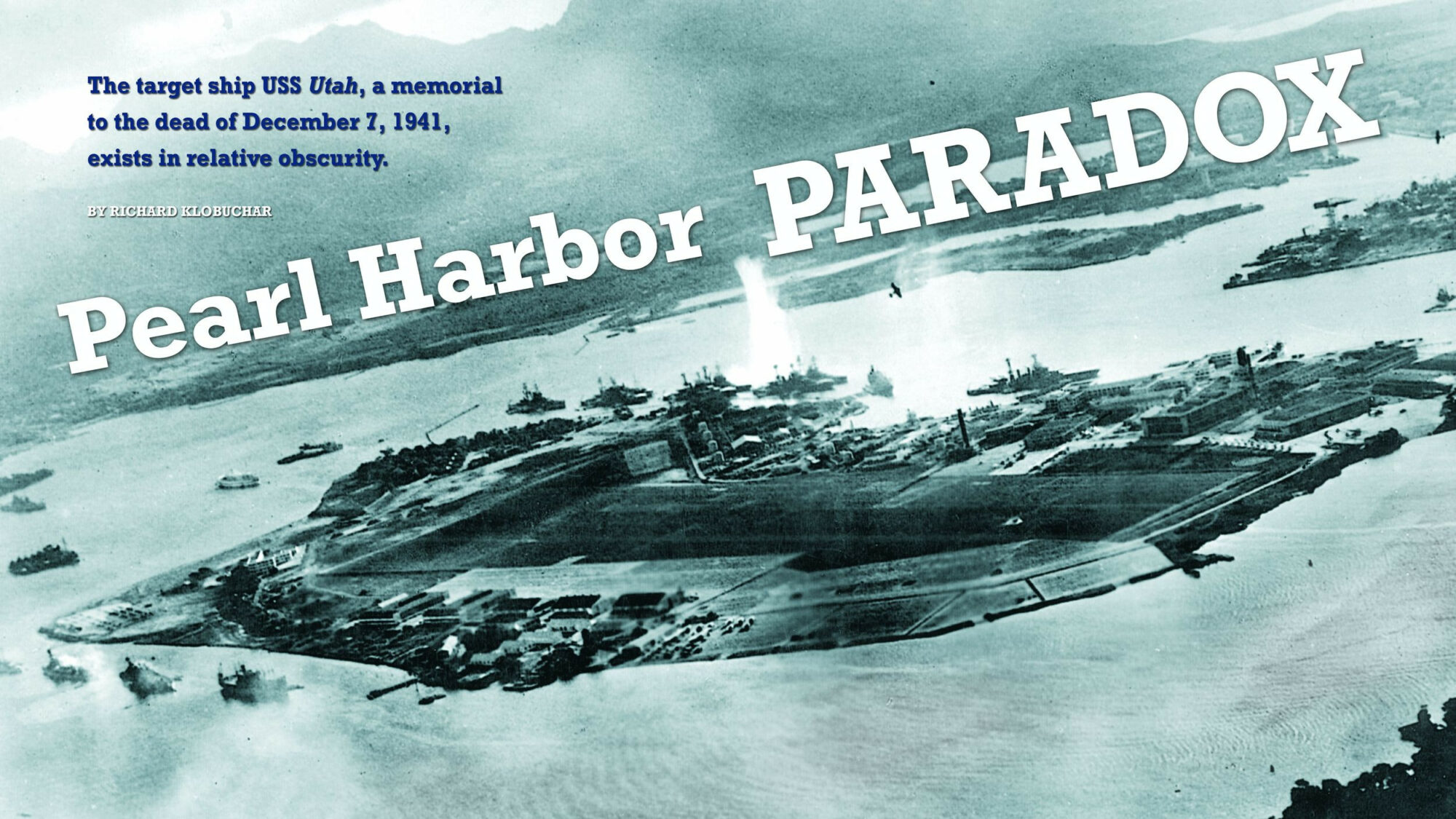
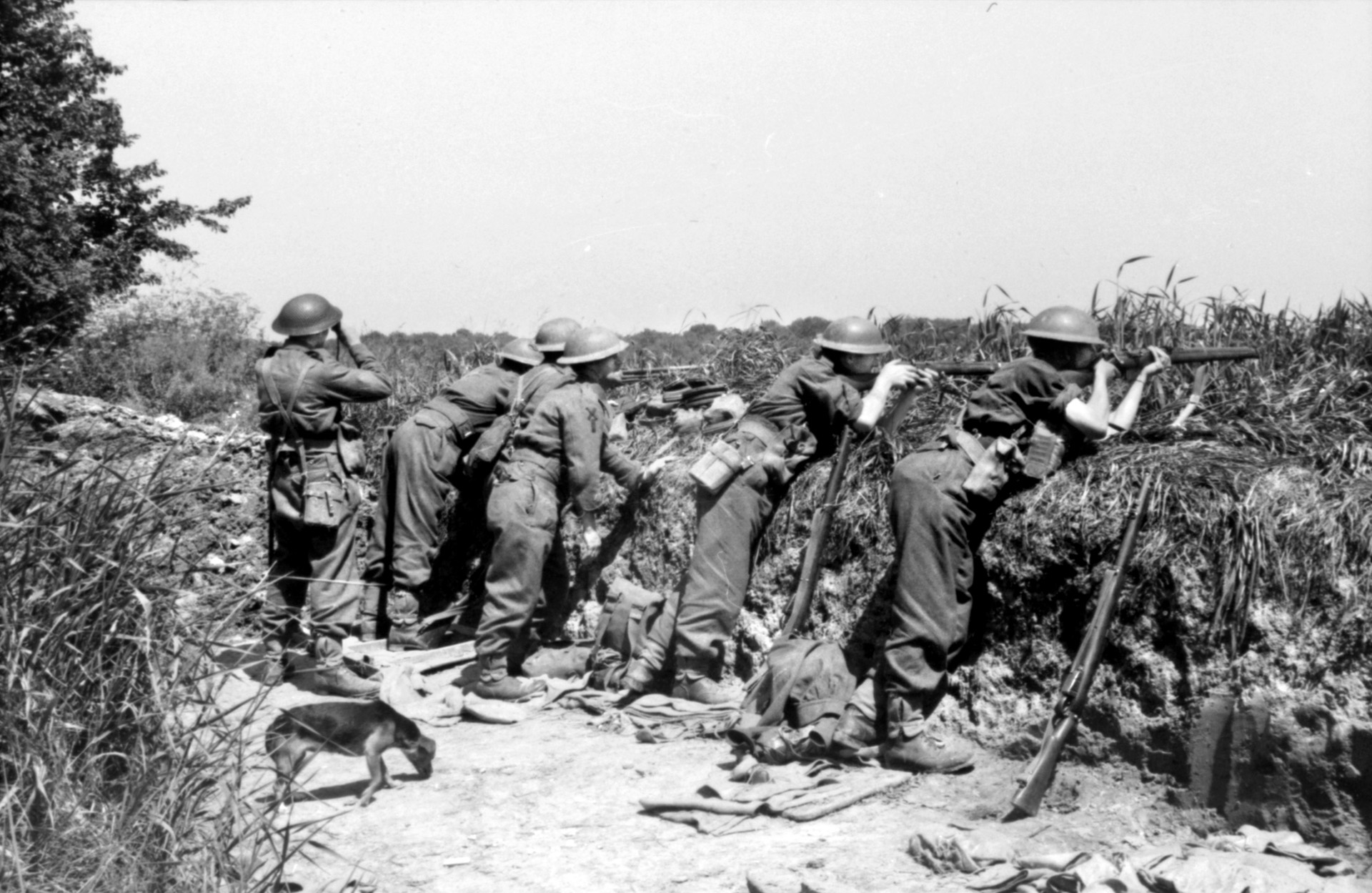
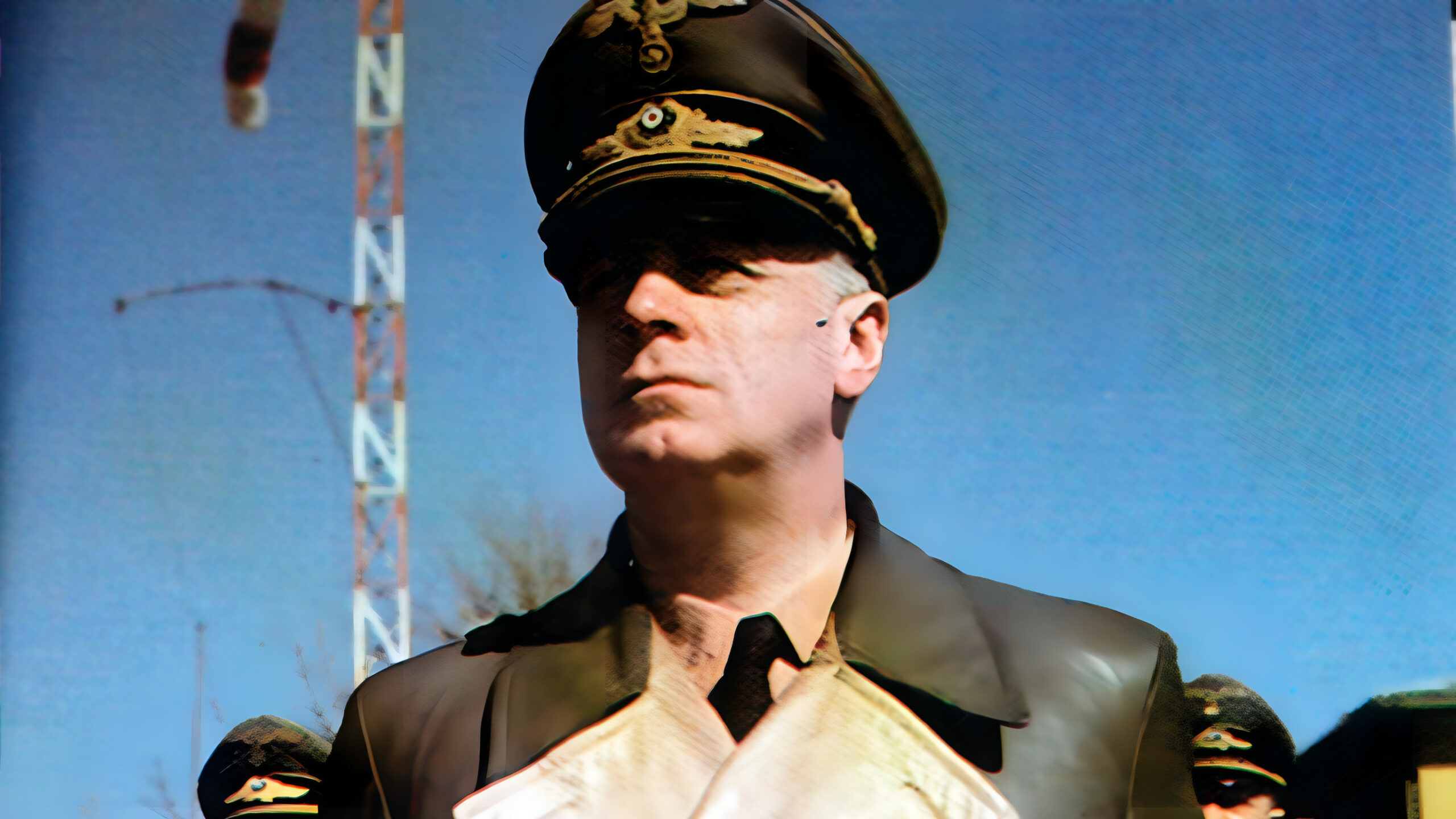
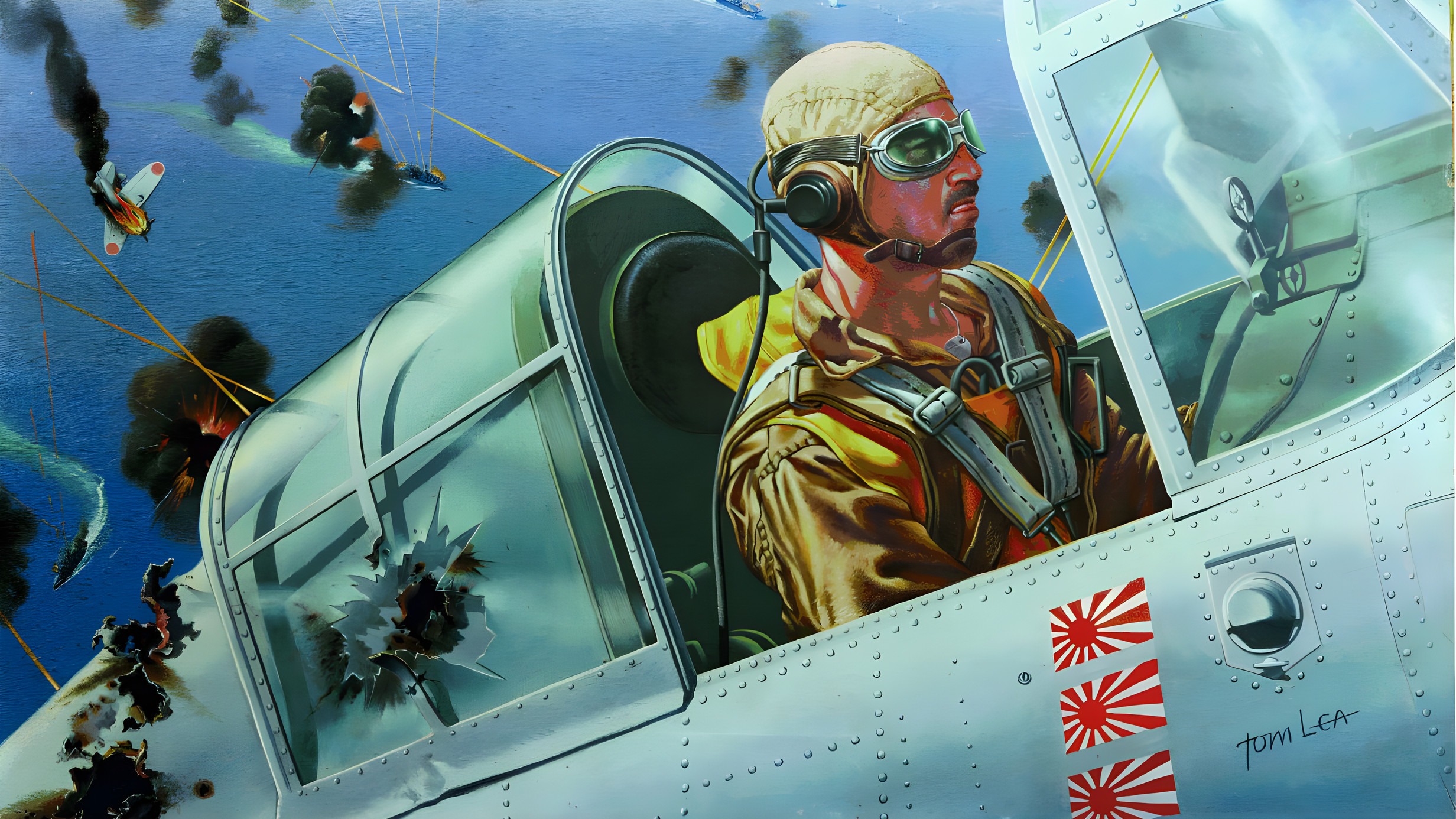
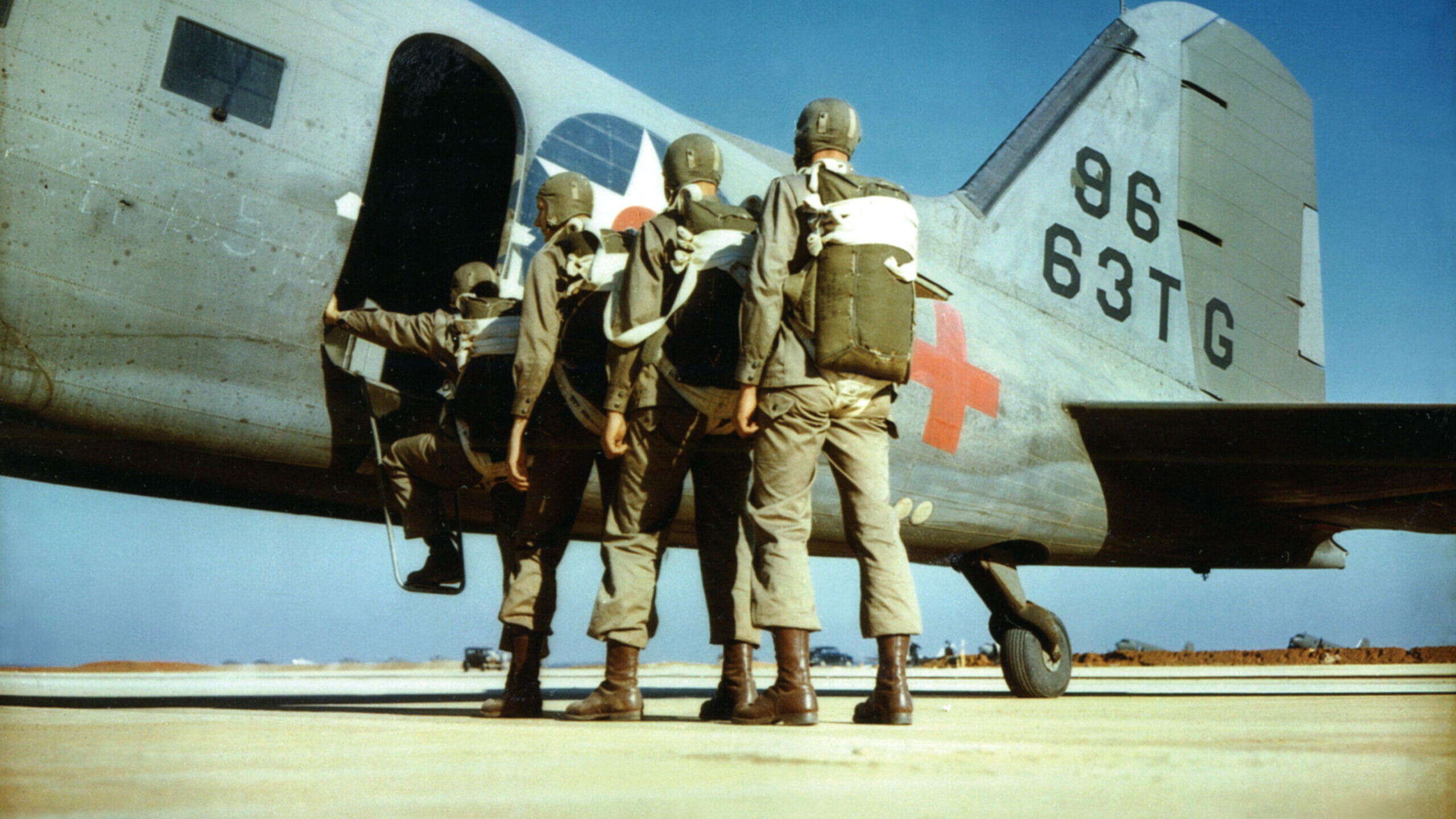
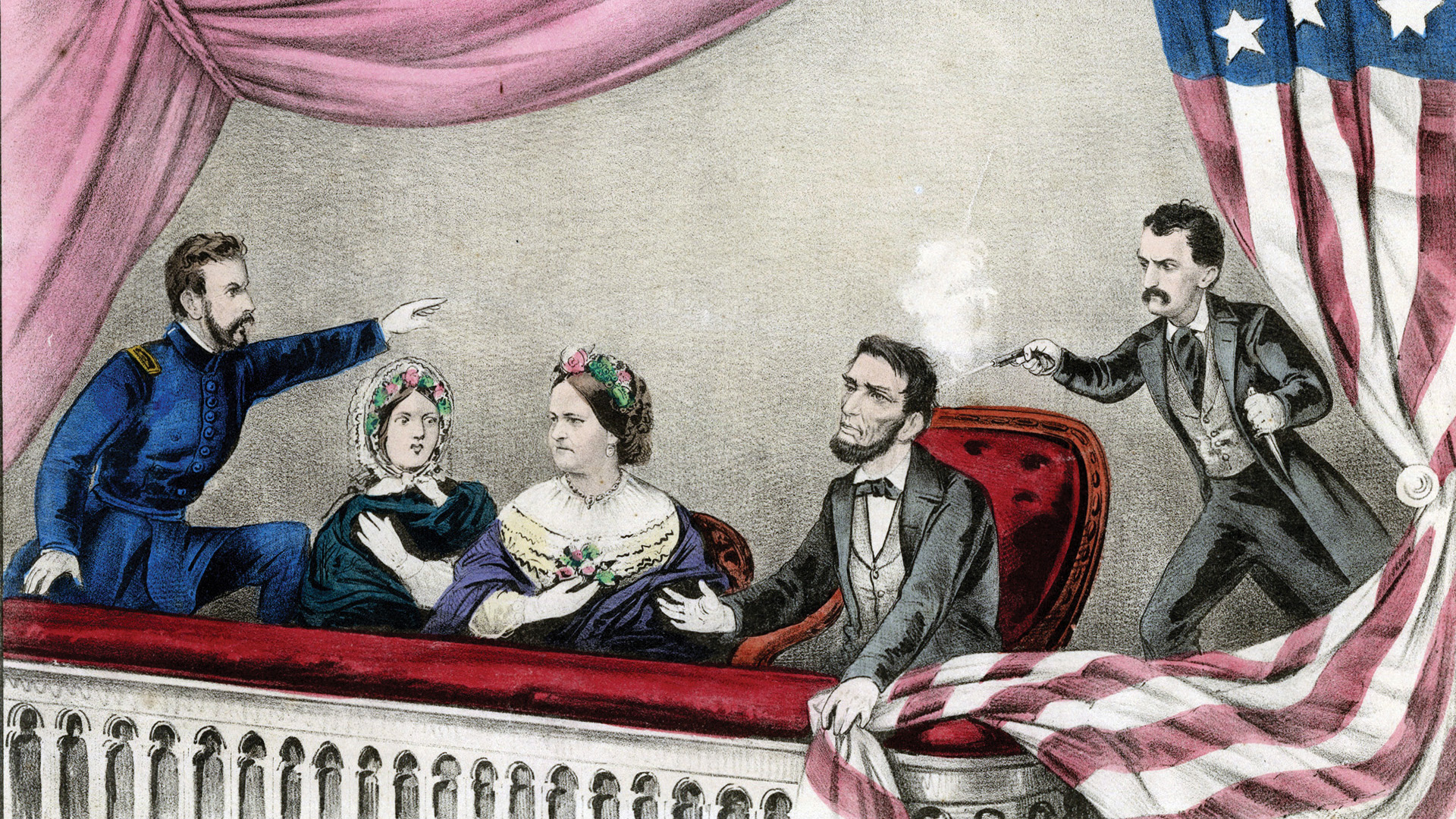
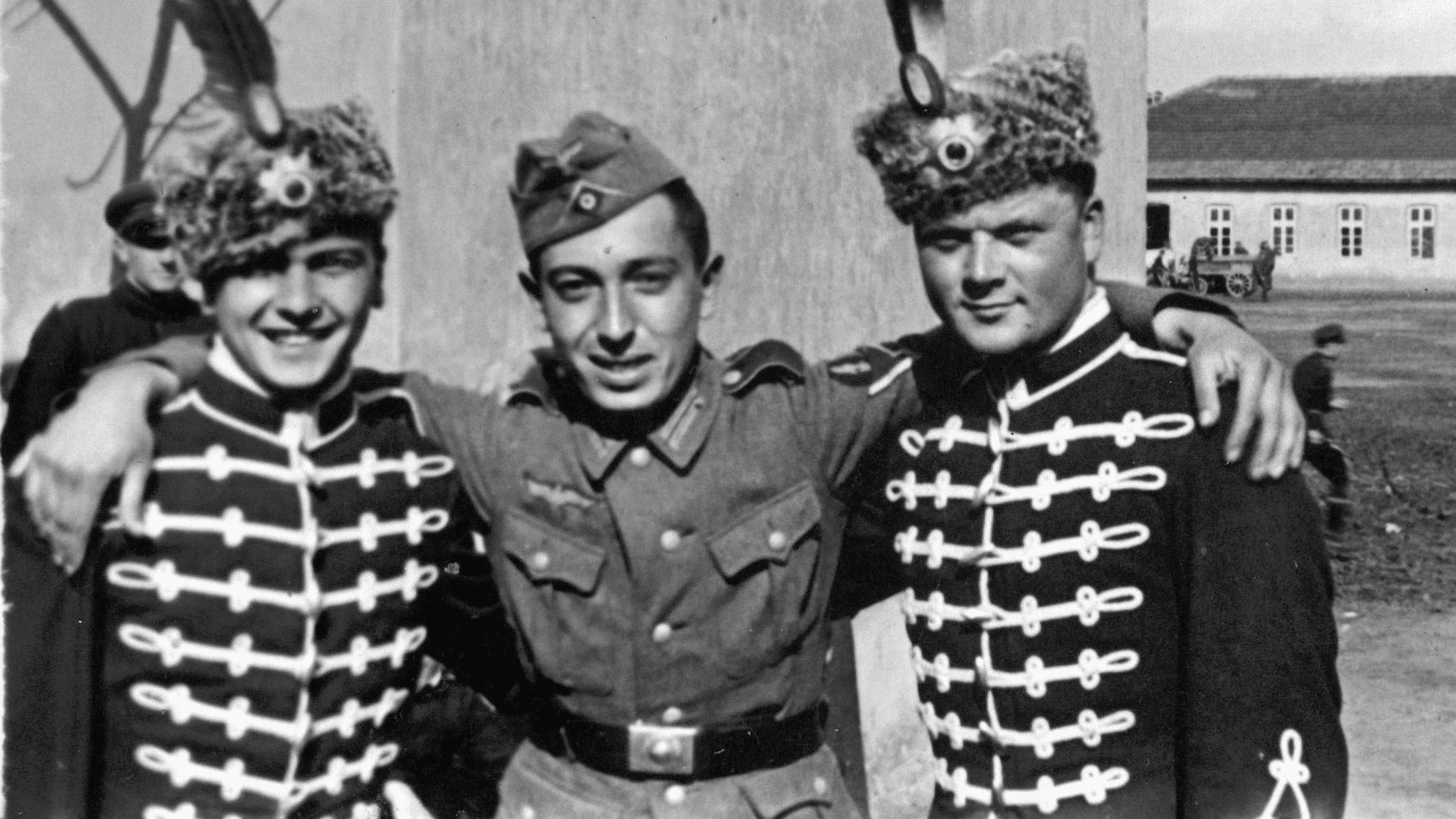
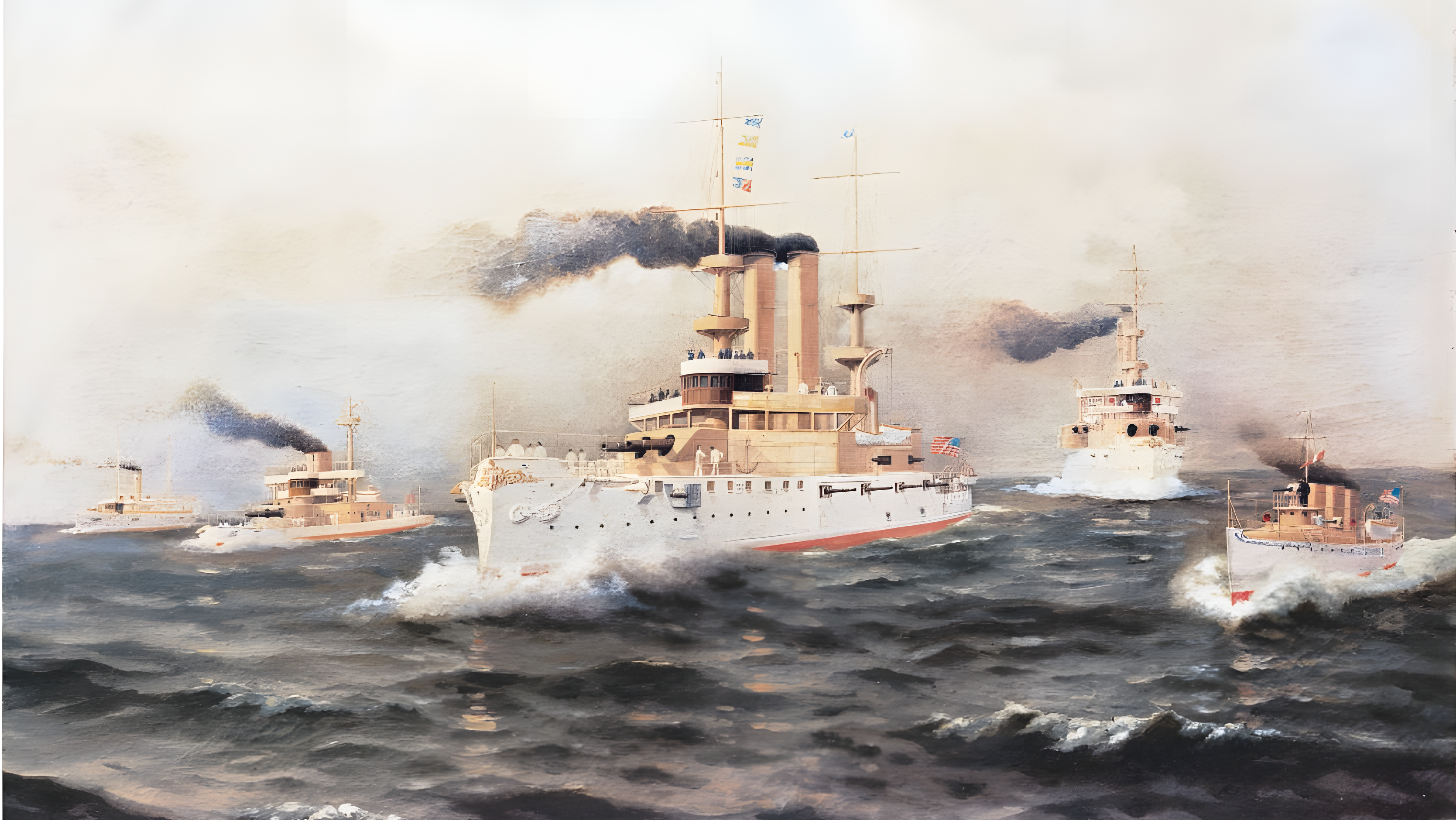
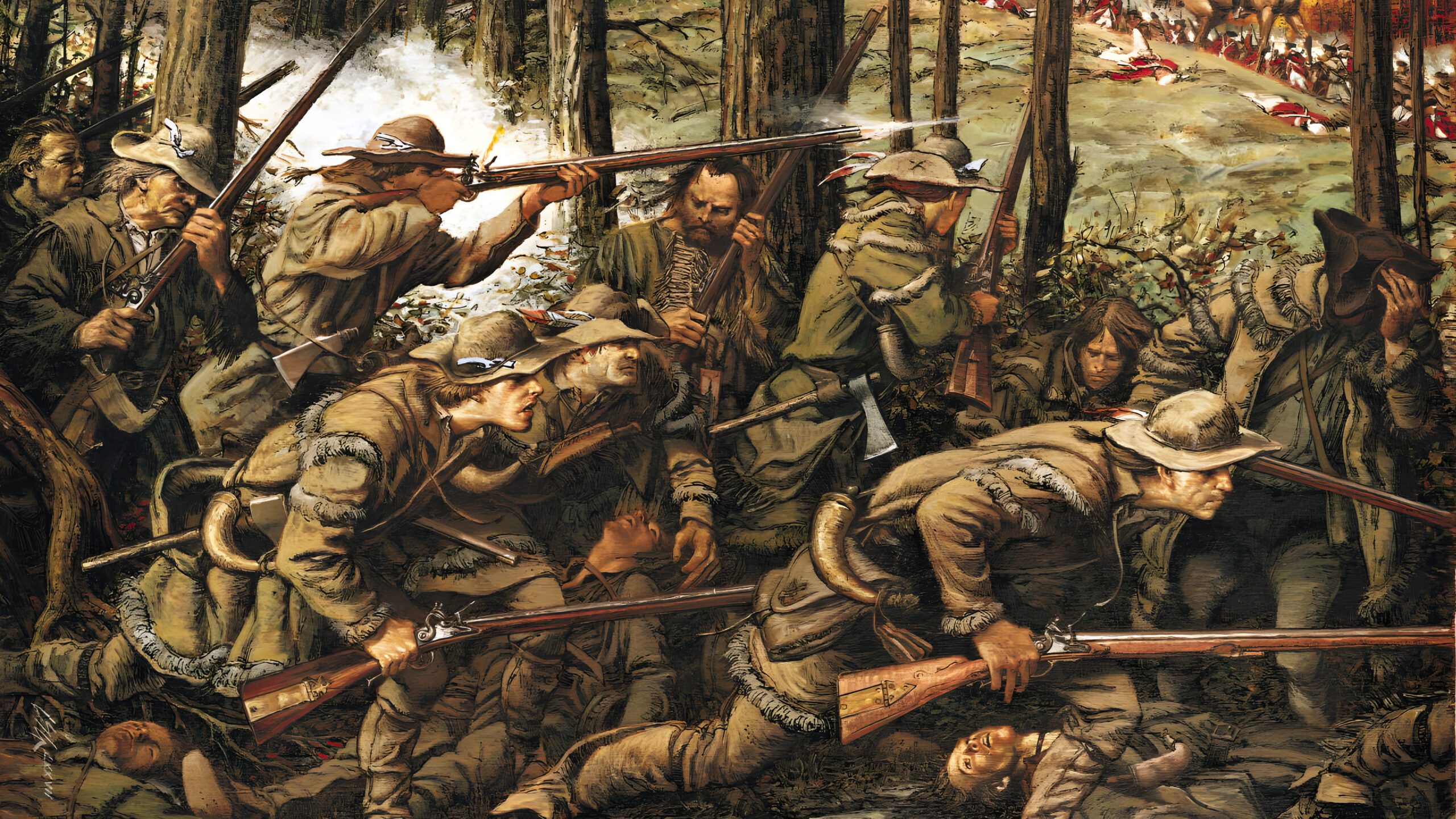
The valor of everyone at Pearl Harbor that day deserves to be preserved and passed along to every generation. These men gave the ultimate sacrifice to help defend and preserve our freedom. While we owe them a debt we can never repay, it is our responsibility to keep their story alive and honor them for their heroism. Thank you one and all.
`God Bless and grant eternal rest to the men who died in the USS Arizona and the USS Utah and all the rest of those who lost their lives on December 7th, 1941,
As a matter of interest, only the Arizona, the target ship Utah and the obsolete and heavily damaged Oklahoma did not return to service. The rest of the battleships were repaired and performed quite well during the rest of the war, primarily during shore bombardments but also in fleet action at Leyte Gulf.